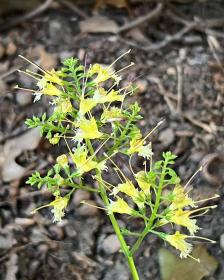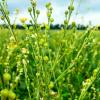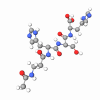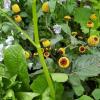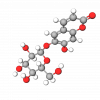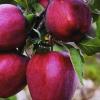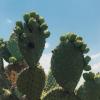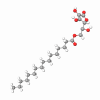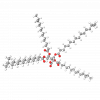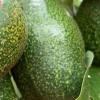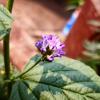Grasses in general, especially in their early stages of growth, are excellent sources of antioxidant, photoprotective, and genoprotective materials. In the grass stages of growth, rapid metabolism and high exposure to UV a consistent themes. Thus, such plants must have a high level of nutrients and a very high level of anti-oxidants and photoprotectants.
The combination of rapid growth and UV exposure necessitates the growing plants to develop unique strategies to offset the extreme oxidative environment and protect their genetic material while undergoing rapid growth. These green grasses provide not only useful nutrients to the body but also to the skin. From this knowledge, we are pleased to offer NAB ® GrassRoots Extract, an extract derived from wheatgrass (Lophophyrum elongatum) and rice-grass (Oryzopisis miliciea), in which all phases of growth and extraction have been controlled to maximize bioactivity.
Next, the extract is mixed 50/50 with stoneroot extract which is known to have a mineral and organic content that offers a soothing effect on the skin. These grass extracts, offering powerful anti-oxidant properties, are further combined with stoneroot (Collinsonia canadensis) extract, an accepted skin soothing, anti-itch agent. The combination of wheatgrass, ricegrass, and stoneroot extracts that make up NAB ® GrassRoots Extract has been tested extensively for in vitro cellular effects and demonstrable effects in vivo in a controlled clinical test.
The growth and extraction methods used to produce the grasses in NAB ® GrassRoots Extract focus on concentrating the nutrient content of each plant in its early growth stage. During the first three weeks of growth, with optimal UV exposure, increased levels of free radical scavengers are created in the sprouting plants due to the vulnerability of the young plants. It is at this stage that the wheatgrass and ricegrass are harvested. To achieve optimal growth conditions and ensure highly reproducible levels of key components, our source material, a strain of wheatgrass called Lophophyrum elongatum, is grown in nutrient-rich soil in the southwestern United States.